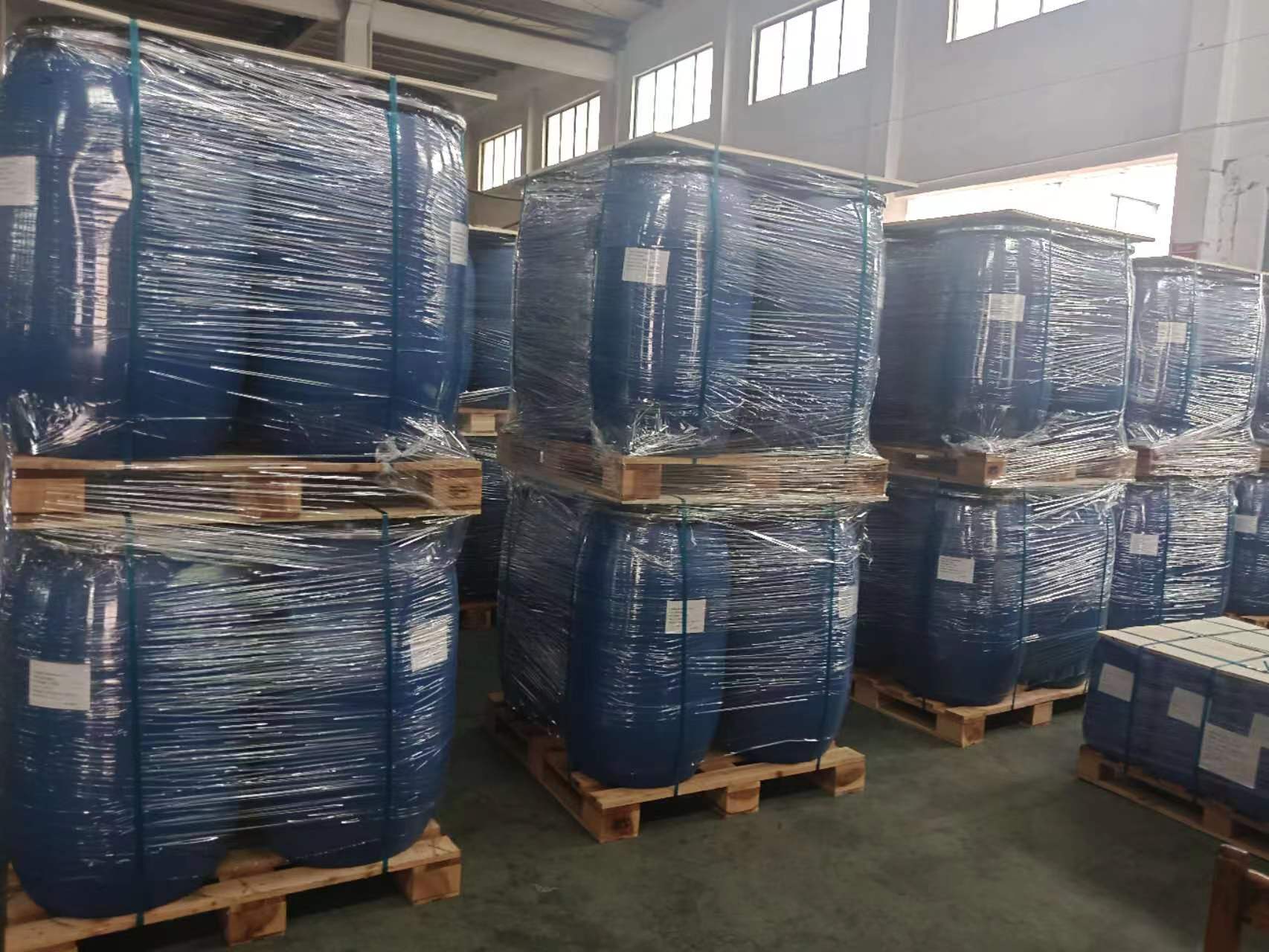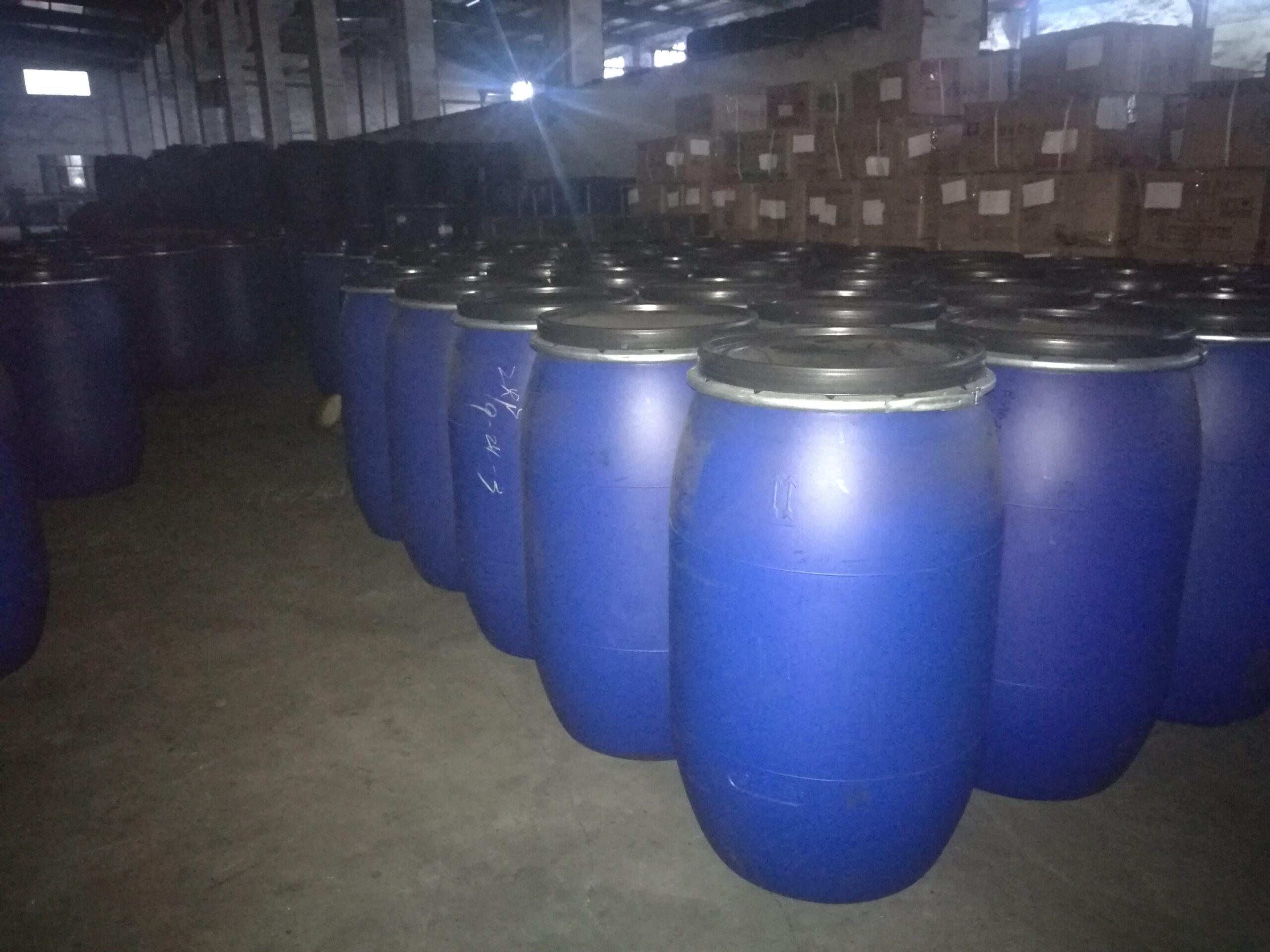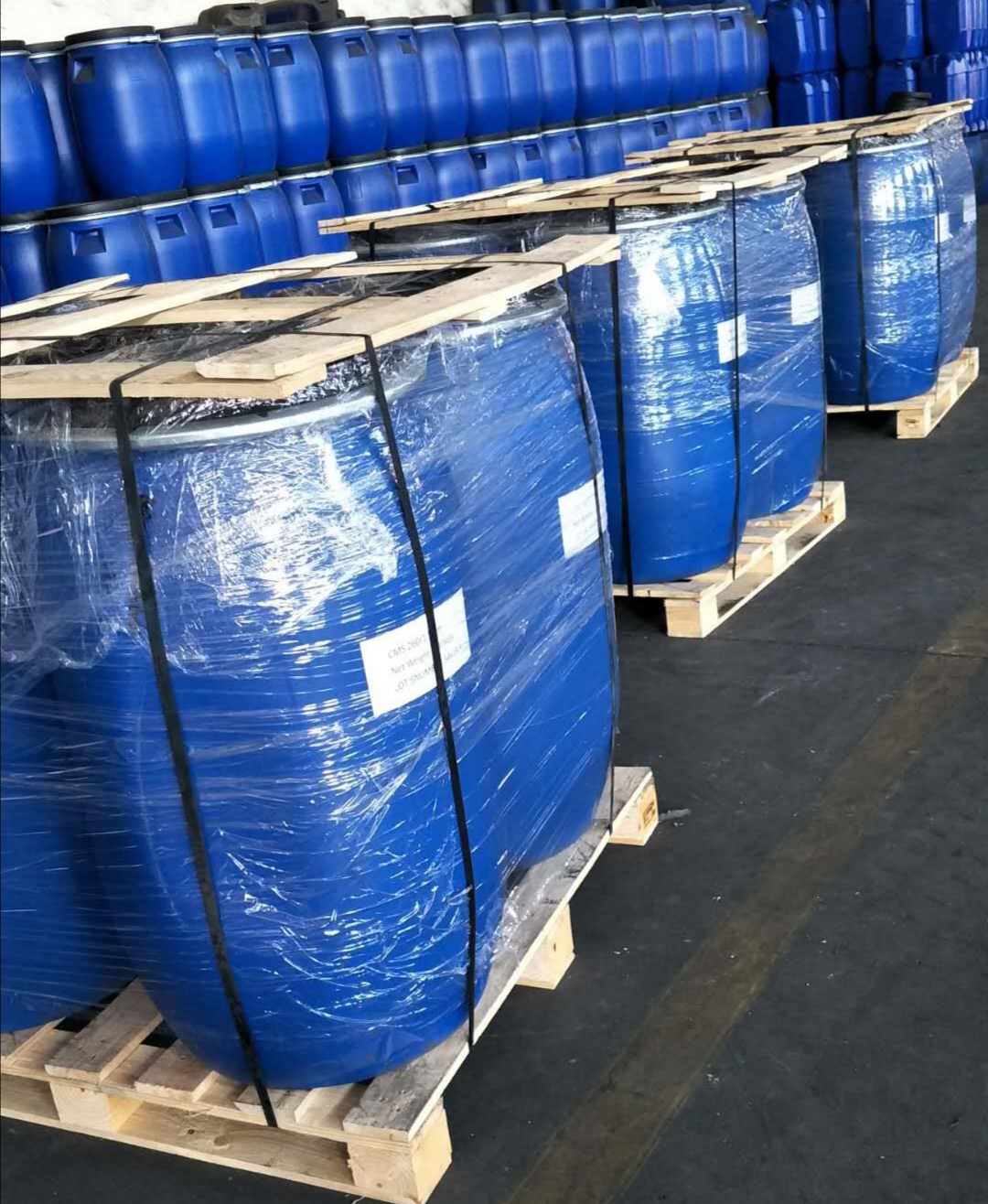Why is activated carbon indispensable in drinking water purification?
The safety and quality of drinking water are directly related to people’s health. With the advancement of industrialization and the intensification of environmental pollution, the types and concentrations of pollutants in water resources are increasing, making water treatment processes more complex and stringent. Among various water purification technologies, activated carbon, with its unique adsorption properties and wide application fields, has become an indispensable material in drinking water purification. This article will introduce from a professional perspective the key role and importance of activated carbon in drinking water purification.
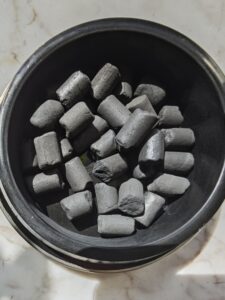
1. Basic Characteristics and Adsorption Mechanism of Activated Carbon
Activated carbon is a carbon material with a high specific surface area and a porous structure. Its internal micro-pores, mesopores, and macropores provide a large number of active sites for adsorbing various pollutants. The removal of pollutants in water by activated carbon is mainly achieved through physical adsorption and chemical adsorption mechanisms.
1.1 Physical Adsorption
Physical adsorption is the main mechanism by which activated carbon adsorbs pollutants. Due to its developed pore structure, organic pollutants, odors, and color-causing substances in water can be adsorbed on the surface of activated carbon’s pores through weak intermolecular forces such as van der Waals forces, thereby being effectively removed. The high specific surface area means that activated carbon has a stronger adsorption capacity, capable of treating large volumes of water and removing pollutants at extremely low concentrations.
1.2 Chemical Adsorption
In addition to physical adsorption, the functional groups on the surface of activated carbon (such as hydroxyl and carboxyl groups) can also react chemically with certain pollutants to form stable compounds, further enhancing its removal efficiency. For example, activated carbon can remove residual chlorine in water through surface redox reactions or adsorb organic molecules through π-π interactions.
2. High Efficiency in Removing Organic Pollutants
The most common organic pollutants in drinking water include natural organic matter (such as humic acid), pesticide residues, industrial chemicals, and drug residues. These pollutants not only affect the taste and color of water but may also cause long-term harm to human health.
2.1 Removal of Humic Acid and Color-Causing Substances
Humic acid is a common natural organic matter in water, often causing color and odor in drinking water. Activated carbon has a strong adsorption capacity for humic acid, significantly reducing the color and taste of water and improving the sensory quality of drinking water.
2.2 Removal of Pesticides and Industrial Chemicals
Pesticides and industrial chemicals in water are often difficult to remove through conventional biochemical treatment methods, but activated carbon shows excellent adsorption performance for these organic compounds. Through activated carbon adsorption, the concentration of harmful chemicals in water can be significantly reduced, ensuring the safety of drinking water.
3. Removal of Residual Chlorine and Disinfection By-products
In drinking water treatment, chlorine is widely used for disinfection and sterilization. However, when chlorine reacts with organic matter in water, it can produce disinfection by-products such as chloroform, which are carcinogenic and pose other health risks. Activated carbon not only removes residual chlorine from water but also effectively adsorbs these disinfection by-products, preventing harm to human health.
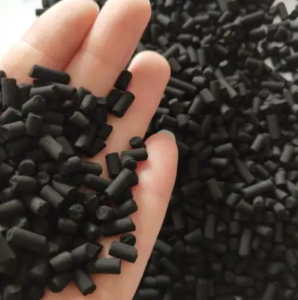
4. Improvement of Water Taste and Odor
The taste and odor of drinking water are important indicators of its quality. Organic matter, trace pollutants, or residual disinfectants in water can affect its taste and odor. Activated carbon can effectively remove these substances, thereby improving the taste and odor of drinking water.
5. Long-lasting and Stable Purification Effect
Activated carbon can effectively remove various pollutants in water, and its adsorption performance remains stable over a long period of time. This makes activated carbon a reliable component in drinking water purification systems, ensuring the continuous stability of water treatment facilities during long-term operation. In addition, activated carbon has good regeneration performance. Through appropriate regeneration processes, its service life can be extended and the cost of water treatment can be reduced.
6. Balancing Environmental Protection and Economic Benefits
As a natural material, activated carbon has good environmental compatibility. Its production and application processes are relatively environmentally friendly, and it can be recycled through regeneration after its service life ends, further reducing environmental burden. Moreover, activated carbon treatment technology has been developed and applied for many years, and its economic efficiency has been widely verified. It is a highly cost-effective choice in the drinking water treatment process.
The application of activated carbon in drinking water purification has become an irreplaceable technical means. Its excellent adsorption performance, multi-functionality, and environmental friendliness enable it to efficiently and stably remove organic pollutants, residual chlorine, and its by-products from water, improve water quality, and ensure the safety and quality of drinking water.

